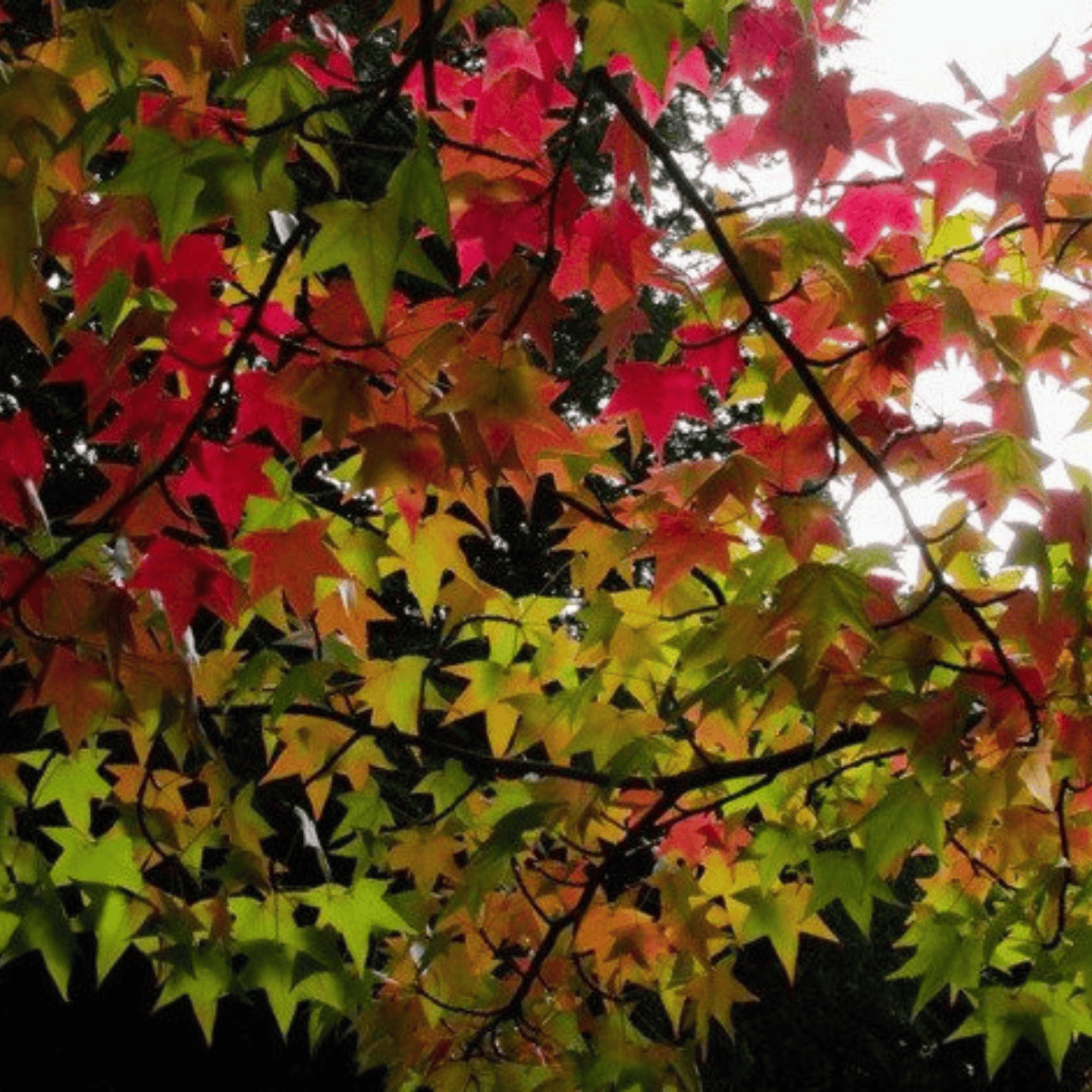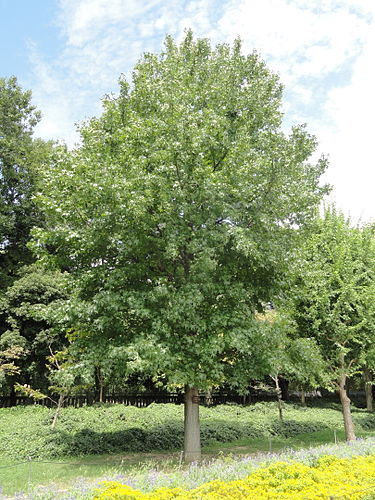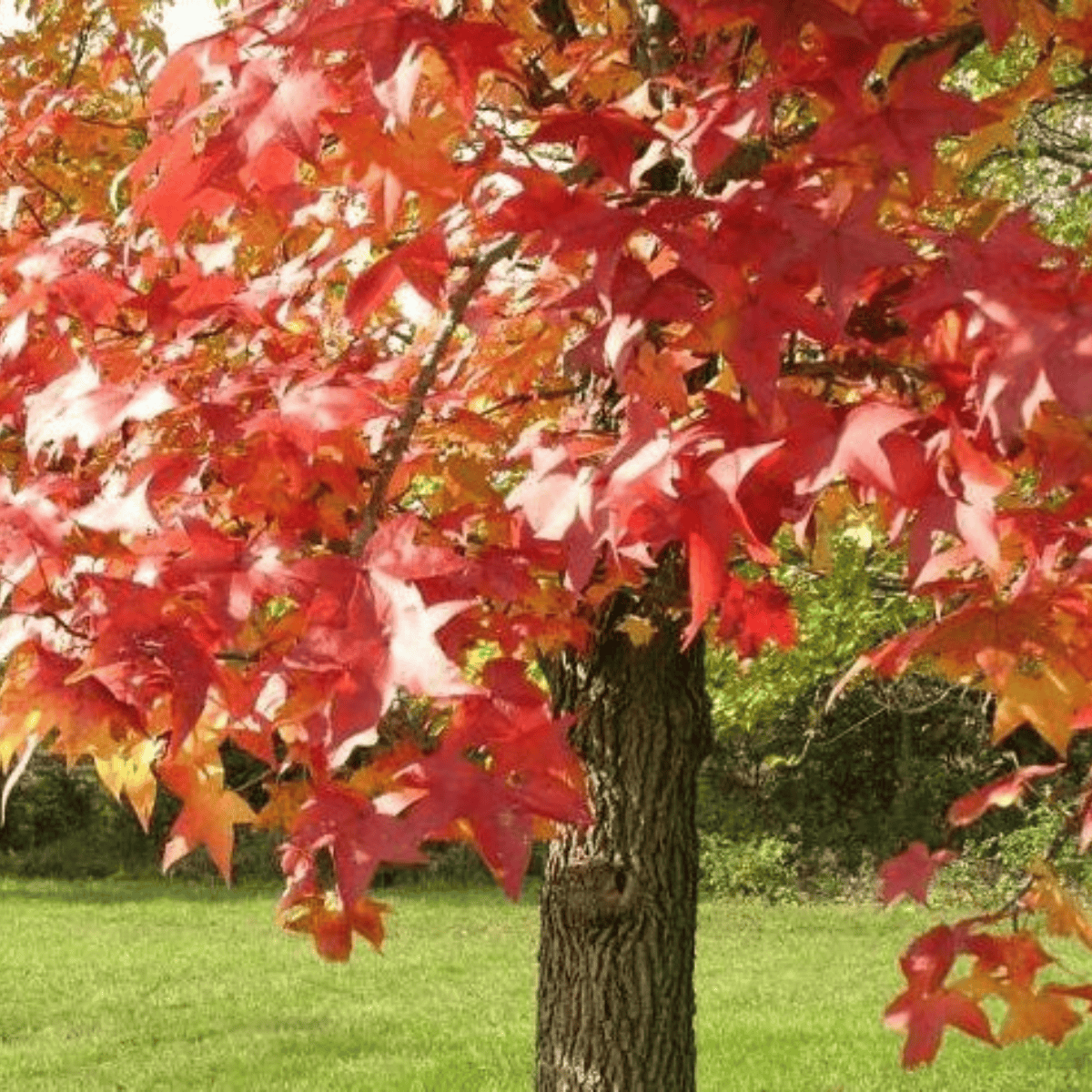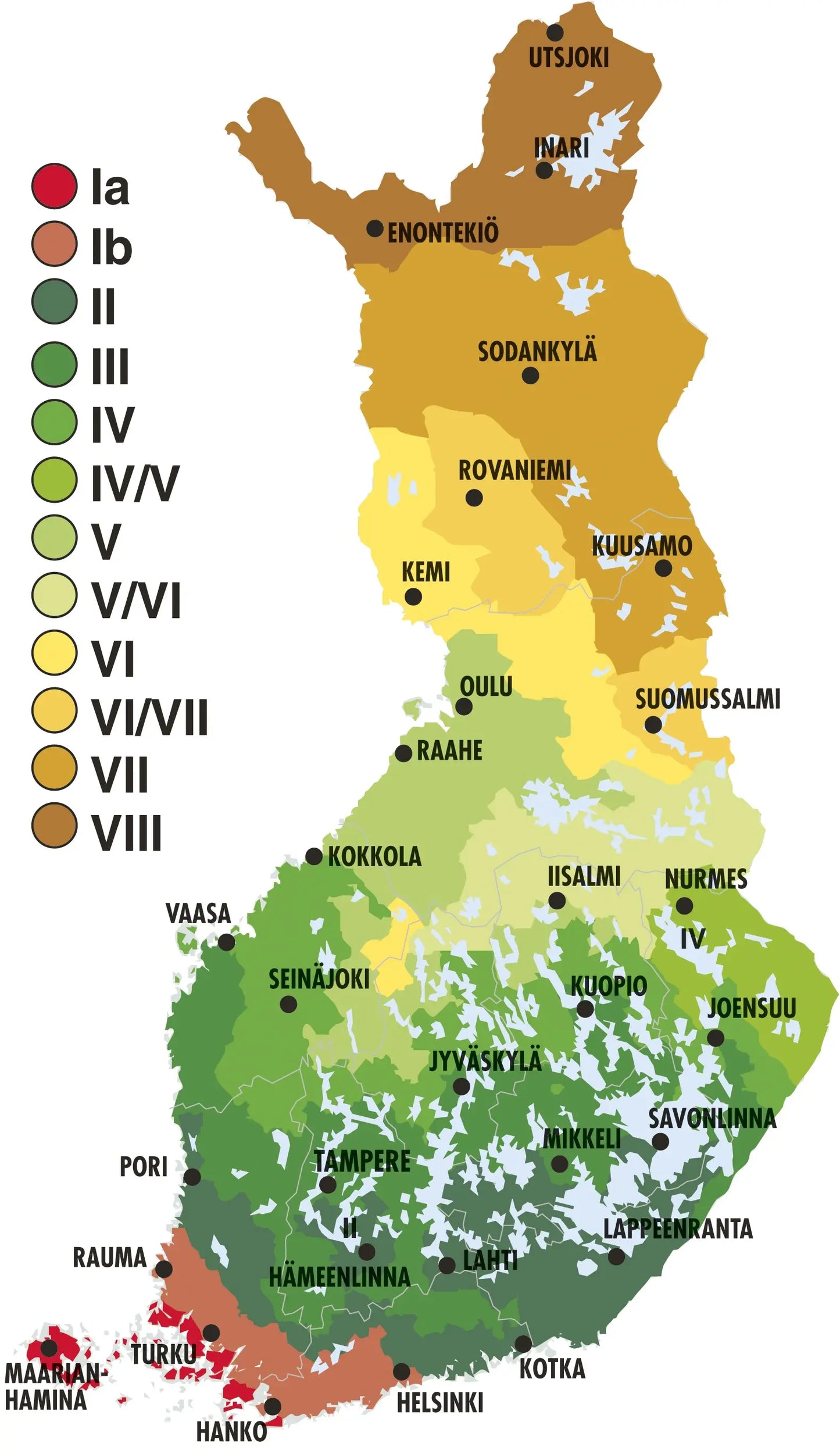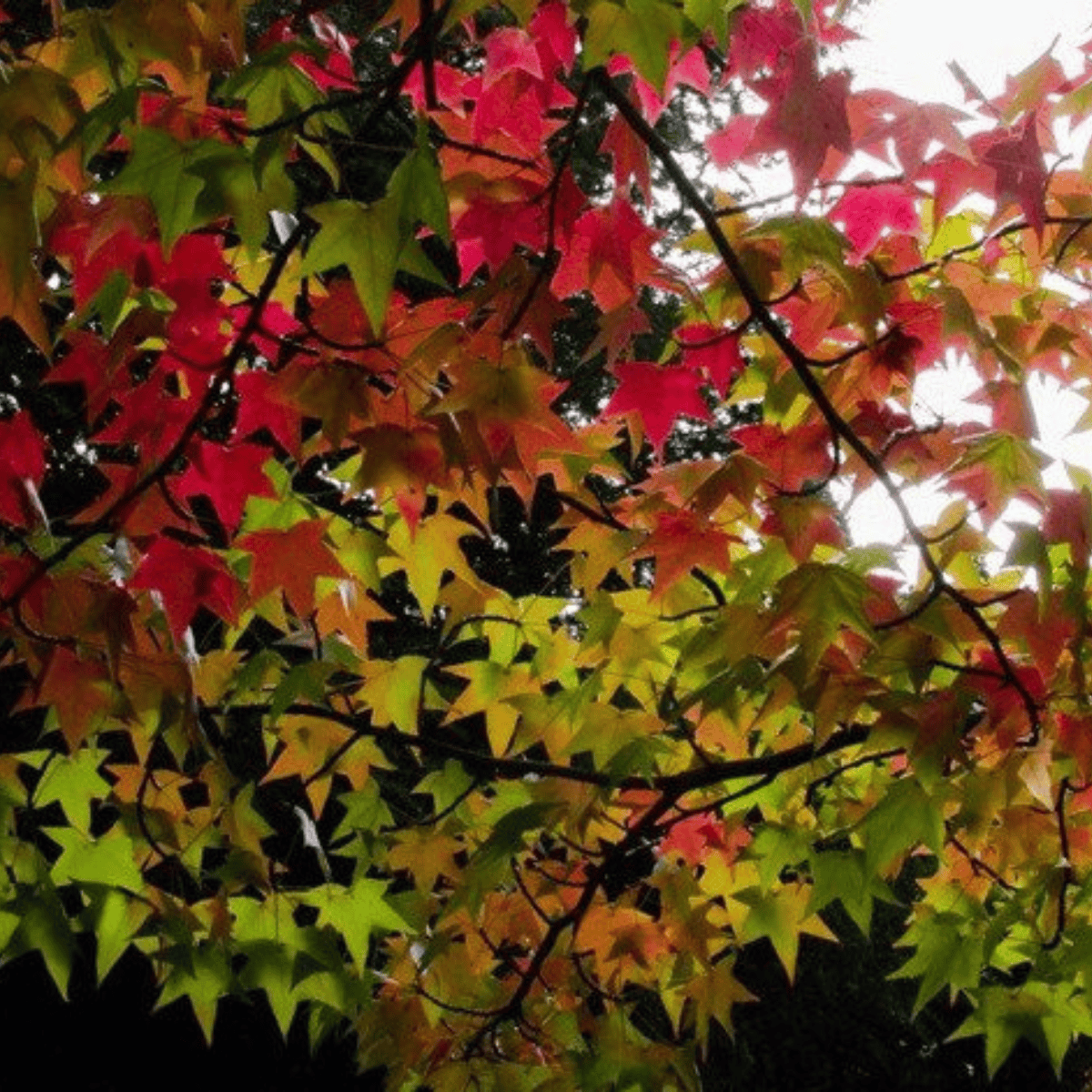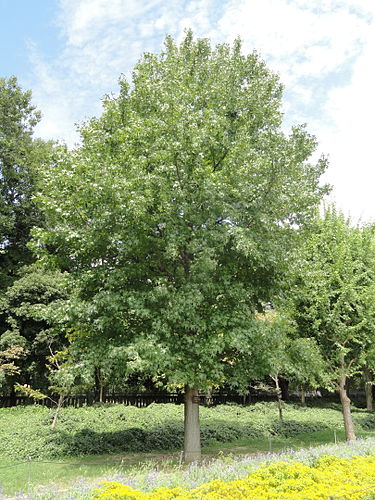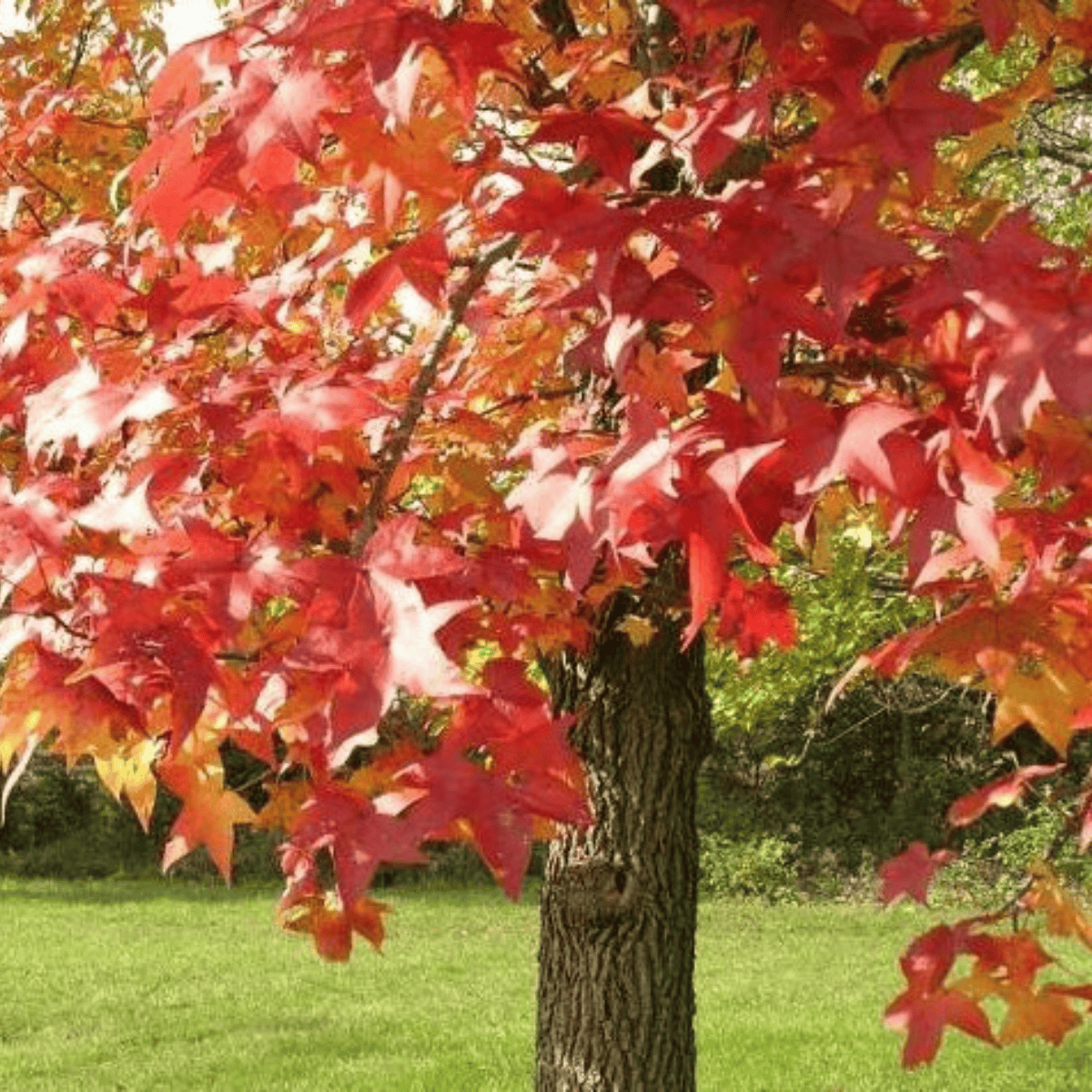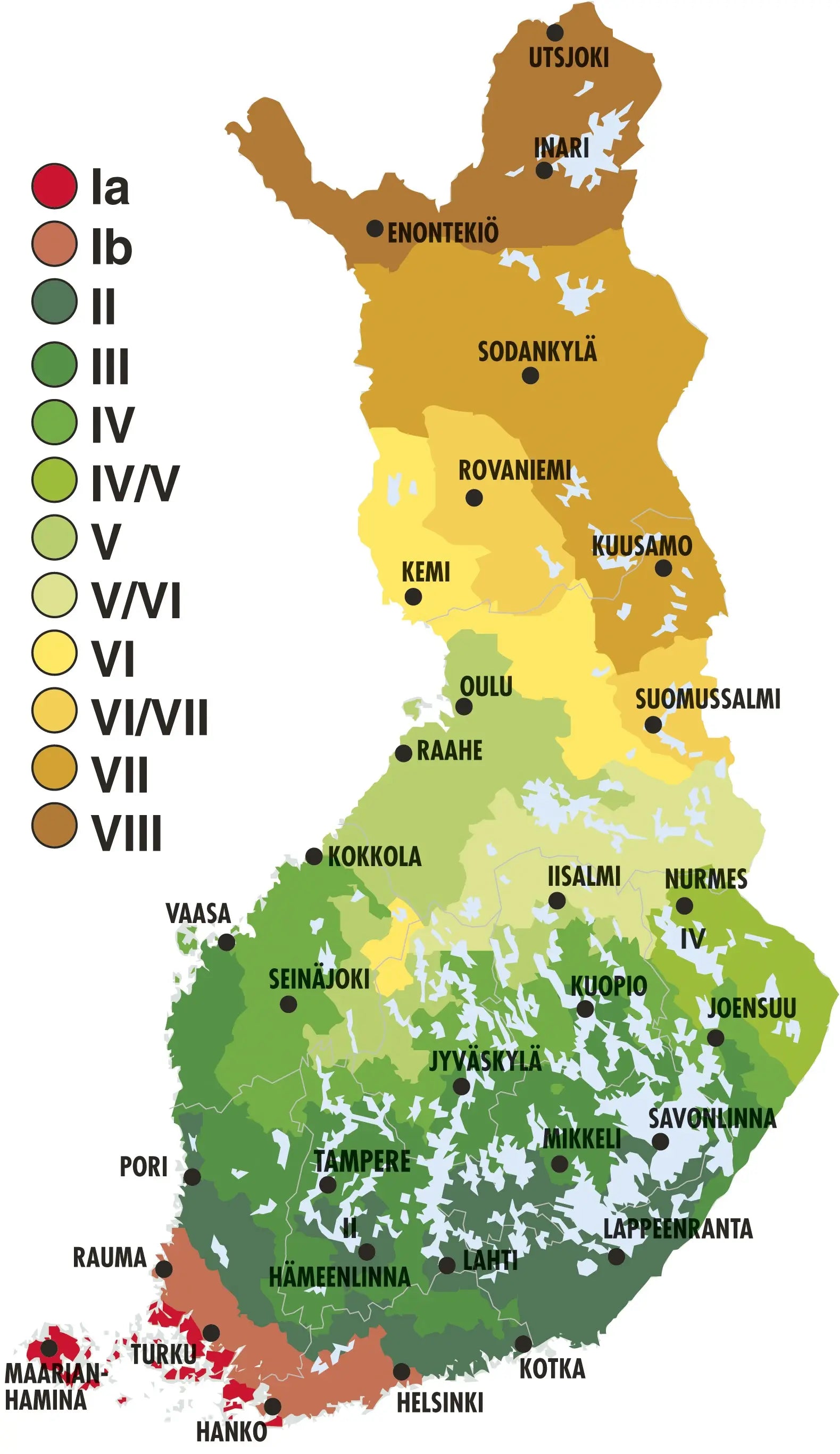Erikoistaimet.fi
Liquidambar styraciflua - Western amber tree
Liquidambar styraciflua - Western amber tree
Couldn't load pickup availability




The western amber tree is native to the eastern parts of North America, Mexico and Central America. In its natural growth areas, it grows into a 25 m tall, conical tree. In Finland, it will remain a small tree at best. Its leaves are spiral and have 5 or 7 serrated blades. The leaves are somewhat reminiscent of maple leaves (Acer sp.) In autumn, the leaves take on beautiful orange, yellow, red and purple shades. The plant is monoecious. The yellow-green pistil and stamen flowers form separate spherical inflorescences. The fruit is approx. 3 cm long, spiky and spherical.
Lännenambrapuu thrives in a sunny and warm place. It needs a deep loamy, nutrient-rich and water-permeable place to grow. Lännenambrapu thrives in moist but not wet soil. The plant needs winter protection in Finland as long as is possible for the size of the tree. Winter hardiness is said to improve as the tree gets bigger.
The western amber tree (liquidambar styraciflua) is a beautiful tree with a cone-shaped crown when the tree is young. The crown becomes more egg-shaped as the tree grows larger. Western ambergris has a great decorative value - think, for example, of the grooved cork formations growing on the trunk and branches of an older tree. In summer, the wonderful, palm-sized leaves of the western amber tree are shiny green. In autumn, their color changes to strikingly beautiful shades of red and even purple. The flowering period of the tree in spring passes rather unnoticed, but the decorative, yellow-green and spiky fruits that follow are more visible than the flowers and remain on the tree for a long time. The western ambra tree can grow to 25–30 meters, but you can keep it at the desired height and width by cutting it. Thanks to this, the species is also suitable for planting in small gardens.
The roots of this plant have been treated with mycorrhiza!
What mycorrhiza gives plants:
Ice
